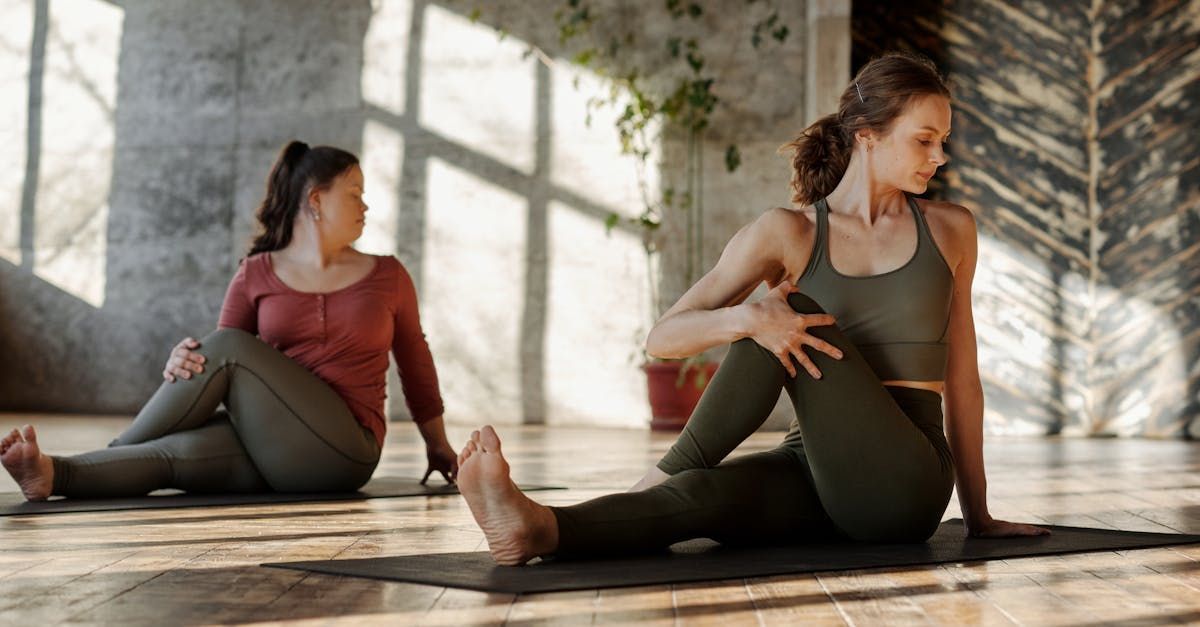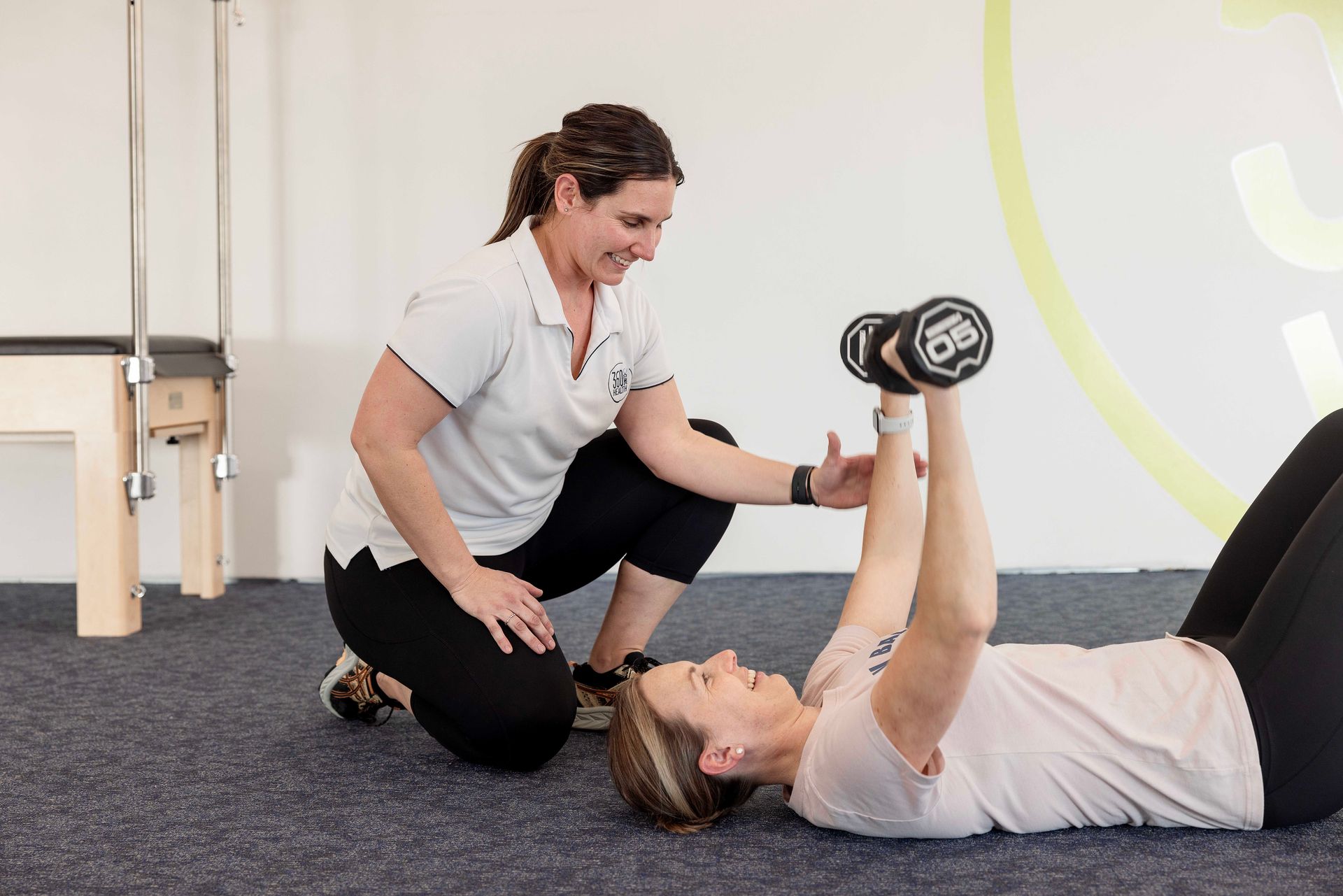Exercising with Chronic Pain
1 in 5 Australians aged 65-74 years live with moderate to severe chronic pain.

Pain is a normal mechanism that the body uses to protect itself. Pain occurs when our brains conclude that there is danger or damage within the body. Acute pain generally resolves within three months, allowing for sufficient healing time. When it persists beyond this timeframe the pain becomes chronic.
Chronic pain is a result of the protective changes that the body has made over time, rather than actual tissue damage within the body. Pain is an important response within the body to protect us from danger. It is a real experience. However, chronic pain can affect individuals in many different ways.
Those living with chronic pain often have higher levels of depression and anxiety and higher rates of other long term chronic health conditions.
If you are living with chronic pain exercise may seem like the last thing you would want to do. You may have experienced an increase in pain symptoms during or following an exercise session which was off-putting. However, ongoing regular exercise over weeks to months can help to reduce pain and improve function and quality of life.
The benefits of exercise for those living with chronic pain
- Improved sleep – Sleep plays an important role in the maintenance of overall wellbeing. While it can seem like a vicious cycle, reduced sleep due to pain, leads to higher levels of perceived pain, exercise can assist in breaking this cycle and promoting better sleep.
- Improved mood and reduced stress and anxiety - Exercise releases feel good hormones and neurotransmitters that can help to reduce the perception of pain and assist in managing poor mental health.
- Increased pain tolerance and pain desensitisation
- Improved immune function – Exercise reduces inflammation, often associated with pain. Regular moderate intensity exercise has been proven to have an anti-inflammatory effect on the body, reduces the intensity or pain.
- Increased strength and mobility – Exercise makes us stronger and in turn promotes self-efficacy and confidence in one’s ability to move and engage is day-to-day activities.
We recognise it can be incredibly daunting the thought of ‘exercising’ with pain. However, it’s important to know that exercise looks different for every individual. When starting an exercise program it is important to start slow and work within your pain limitations.
Our team of Accredited Exercise Physiologists are trained in exercise prescription for those suffering from chronic pain and can provide assistance and education for those unsure where to start. Give us a call on 6762 3639 Ext 3
Words by Sunita Newton, AEP.
CONTACT
USEFUL LINKS
STAY INFORMED
You need a helping hand with your project?
We will get back to you as soon as possible
Please try again later
All Rights Reserved | 360 Healh Clinic







